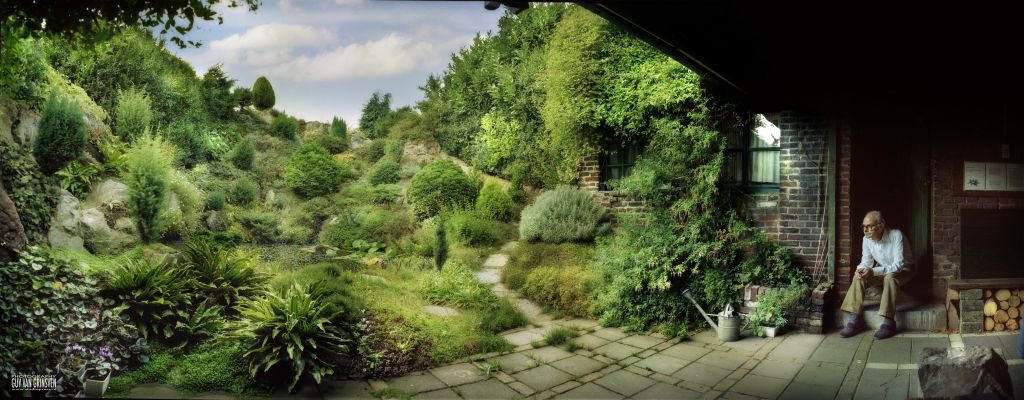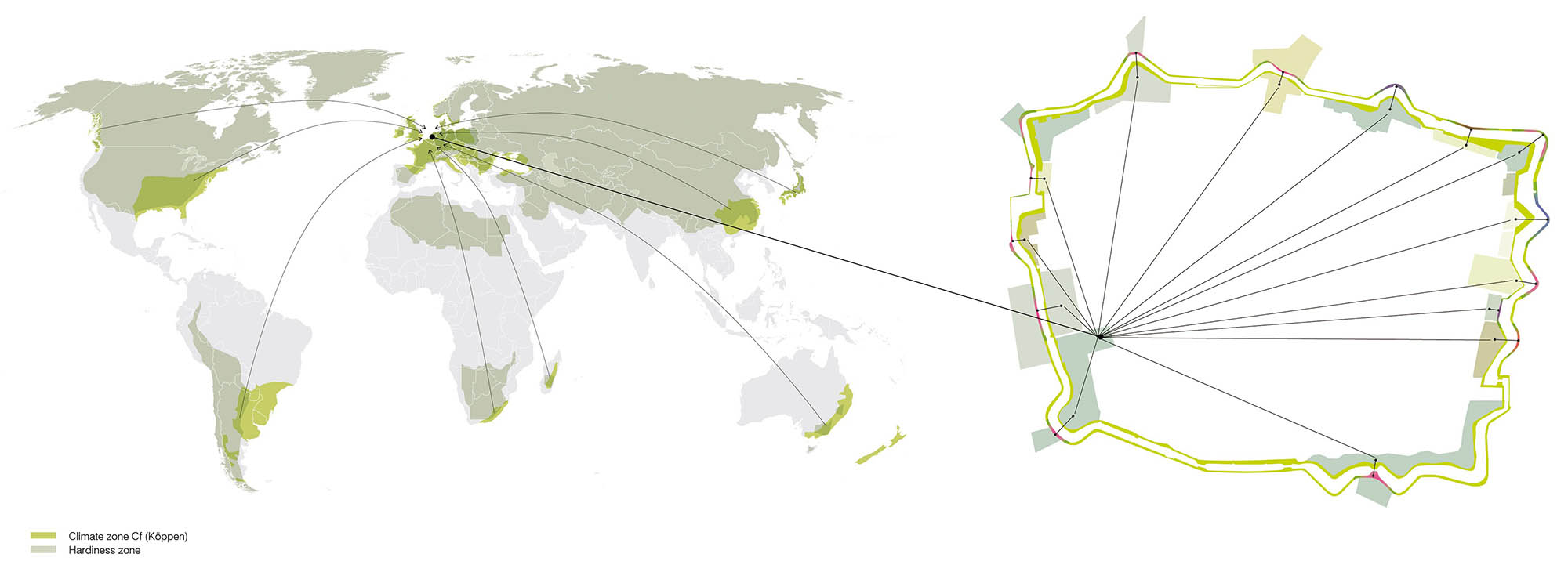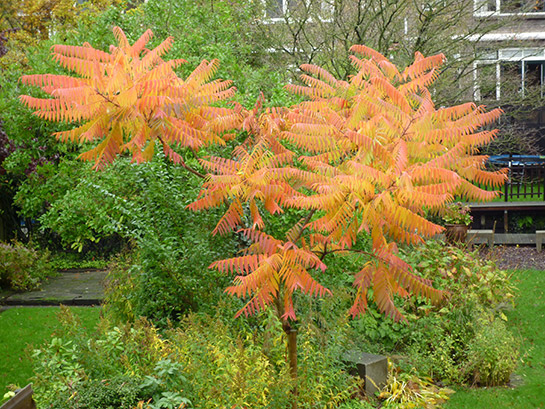“People feel better outside than inside”. “People feel better in the park/woods/nature than in the city”. These are some of the conclusions from a project with the telling title ‘Mappiness’ Good news for landscape and Landscape Architecture on first sight. But are these only one-liners or firmly based scientific statements? Well, that depends on the quality of the empirical evidence of course. Most experience sample methods (ESM) have a hard time getting a representative group (in the end almost only colleagues) that has to struggle trough tedious interview forms (“it will take only twenty minutes”) to step-by-step end up with modest results. How about a sample group of 47.331 people (and growing by the day) who willingly support their data three times a day to the researchers that by now collected over three million forms in a few months? I stumbled upon these remarkable Experience research feats in a TedxBrighton 2011. In this “Twenty minutes lecture” George MacKerron explains why and how he and Susana Mourato (both from the Department of Geography & Environment at the London School of Economics and Political Science) created ‘mappiness’. They want to better understand how people’s feelings are affected by features of their current environment. Things like air pollution, noise, and green spaces influence your well being is their hypothesis.
This is how it works. They developed an app that can be downloaded for free. It must be one of the most irritating apps around on the web because it rings you (with your approval, you can influence the settings) three times a day to ask you three simple questions. The screen looks like this:

How do you feel? You can shift a slide on the Happy-scale from ‘Not at all Happy’ to ‘Extremely Happy’ A glider on the Relaxed-scale from Not at All to Extremely and finally you can shift on a scale How Awake you are from Not at All to Extremely awake. (In my case being awake or not is rather digital, but this might be different in the UK where the research is focused). Then, if you are able to, you may take a photograph that is transferred with your answers to the Mappiness server. The tricky thing is of course that, with every response you provide, with every shot you make, your bearings are also exactly known thanks to the GPS in your phone. Furthermore Mappiness uses the microphone of your mobile to measure the ambient noise level. For you personally it gives feedback on the development of your personal happiness including when, where and with whom you’re happiest. For the research the data together show a wealth of information and a lot of conclusions that can be drawn from it are far from exhausted. The GPS data show that the whole of the UK is almost completely covered by contributors.

When these guys put it through a big regression model they can gauge the happiness as the function of habitat type, activity, companionship, weather conditions (there is of course a link between meteorological data and the GPS data), daylight conditions, location type (in, out, home, work, etc), ambient noise level, time of the day, response speed, and individual ‘fixed-effects’ (that come out of your personal Mappiness-history).
Factors can be plotted out against each other. Not only the researchers conclude that outside people feel happier than inside, they can even, thanks to the GPS, focus it to the landscape type. Marine shores and margins score best with between 2,5 and 6,5 more points then the average urban happiness. Waste land between minus 1 and + 2 points is tailing the list of the outdoors. Amazing for me is the score of broad leaved and mixed forests (between 1,5 and 2,5 above average urban) is considerable lower then coniferous forests (not my taste, but ranging between 2,5 and 6,4 above the average). One can immediately see that these observations are highly culture specific, and of course people wouldn’t be so enthusiastic about the outdoors if there wasn’t a city or a house to come home to and yes, there will be a bias because the group that owns a smart phone might not be completely representative and yes this will open up opportunities for governments to measure happiness and more important to figure it into its policy making and yes again there is the danger of the domination of the ‘gesundenes Volksempfinden’ But before we start summing up all the dangers and disadvantages chapeau for these two geographers. I think we should see it as a breakthrough in Experience research that can develop in a powerful tool for planners and landscape architects.The possibilities are almost limitless if this instrument will mature out of its growing pains. Think of an application and enter this blog! Let’s introduce it in the Netherlands (or make it global) I would say.





I suggest we should use the happiness as a measure of success for the built (or cultivated or grown) environment. Gross National Happiness, GNH ( http://en.wikipedia.org/wiki/Gross_national_happiness ) instead of GNP for example. Next step is to use happiness as an indicator of success divided by energy consumption or CO2 output (Global Warming Potential GWP) of a certain activity or place. The HappyImpactMeter measures :-)/GWP. After “Just do It” in the 1980 comes “Maximize Happiness, Minimize Impact” in the run to reach our Energy Goals. For sure Landscape would score highly relevant on this new measure of success. GNH/GWP is a “happy potential”. Are you happy now?
Thank you for sharing this, it’s right up my alley. I would like to explore some of the finding. My research focus’ on well-being and living environments as related to interiors of homes in high well-being countries. Like this study i have also found that nature plays a huge role in happiness.